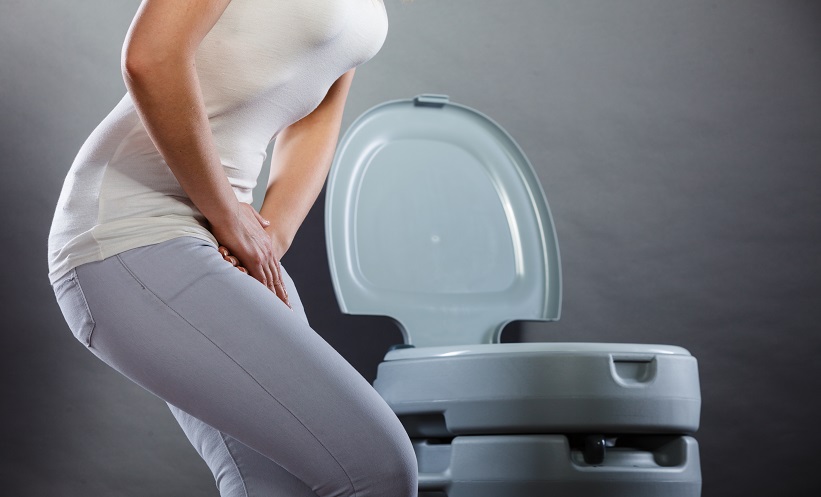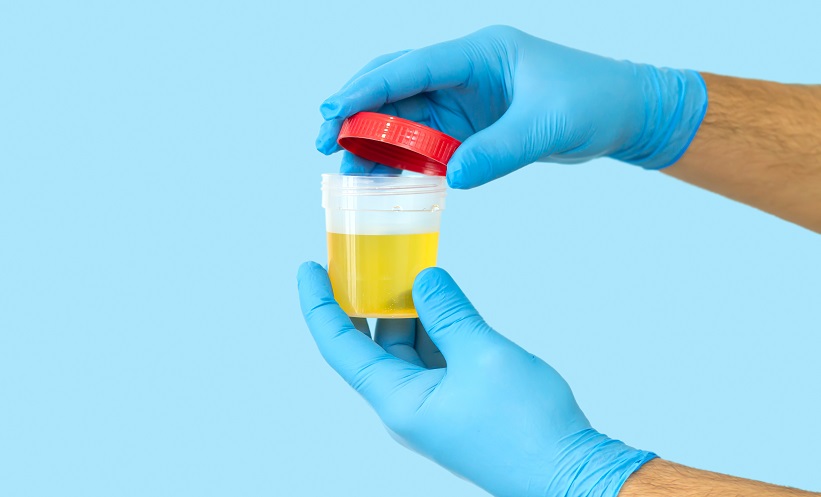OVERACTIVE bladder (OAB) affects approximately 12% of adult women. Categorised by urinary urgency and frequency, and nocturia, it significantly impacts quality of life. A recent study examined the association between oral oestrogen use and OAB, finding that oral oestrogen use is an independent risk factor for OAB, especially in women under 65.
Researchers analysed data from 4,772 participants in the National Health and Nutrition Examination Survey (NHANES) between 2005 and 2018, of which 15.5% were using oral oestrogen. The research employed logistic regression models to control for various confounders, such as age, race and education, and health conditions like hypertension, diabetes, and obesity. The fully adjusted model revealed that women using oral oestrogen had a 1.32 times higher likelihood of developing OAB compared to non-users (odds ratio [OR] 1.32; 95% CI: 1.12–1.55, p<0.01). Further subgroup analysis indicated that oral oestrogen significantly increased OAB risk among women under 65 years of age, with the strongest association observed in non-Hispanic White women (OR 1.45; 95% CI: 1.18–1.79, p<0.01). On the contrary, no significant effect was observed among women over 65. The study also found no difference in OAB prevalence between groups using other methods of oestrogen administration, such as patches or combined oestrogen and progesterone pills, compared to the control group.
Statistical analysis further explored the role of plasma albumin, showing that women taking oral oestrogen had lower albumin levels than the control group (4.11±0.278 g/dL vs. 4.14±0.313 g/dL, p=0.041). The study identified plasma albumin as an independent protective factor against OAB (OR 0.44; 95% CI: 0.32–0.60, p<0.001). This suggests that oestrogen’s effect on OAB may be mediated through changes in inflammation and albumin levels, providing important insights for clinicians managing menopausal women at risk of OAB.
In conclusion, this study highlights oral oestrogen as an independent risk factor for OAB in women under 65, particularly through its effects on inflammation and plasma albumin levels. While the study’s observational design and reliance on self-reported data are limitations, the results suggest that clinicians should carefully consider the risks of oral oestrogen in women at risk for OAB and monitor key biomarkers such as serum albumin during oestrogen therapy.
Reference
Rong Y et al. Effect of Oral estrogen on overactive bladder in women: A research based on NHANES and network pharmacology. 2025;150:114293








